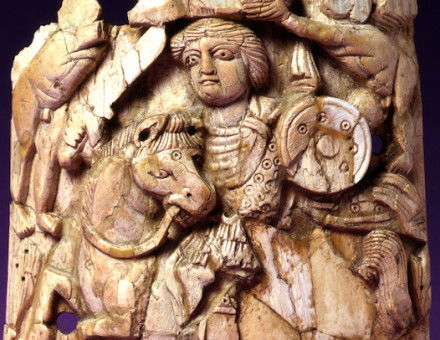Poverty from Workhouse to the Welfare State
In 1909 Beatrice Webb produced a controversial report which proposed abolishing the stigma and penury of the Poor Law and its workhouses. James Gregory argues that this plea for a less judgemental approach to poverty created the foundations of the modern Welfare State.
 In the late 1880s, the great social investigator Charles Booth (1840-1916) set about mapping the streets of London, with the assistance of his researcher, radical reformer Beatrice Webb (1858-1943). Booth's aim was to understand the extent and causes of the great concentrations of poverty that had arisen in Victorian London. What he found shocked him: a 'submerged tenth', a 'population sodden with drink, steeped in vice, eaten up by every social and physical malady'.
In the late 1880s, the great social investigator Charles Booth (1840-1916) set about mapping the streets of London, with the assistance of his researcher, radical reformer Beatrice Webb (1858-1943). Booth's aim was to understand the extent and causes of the great concentrations of poverty that had arisen in Victorian London. What he found shocked him: a 'submerged tenth', a 'population sodden with drink, steeped in vice, eaten up by every social and physical malady'.





